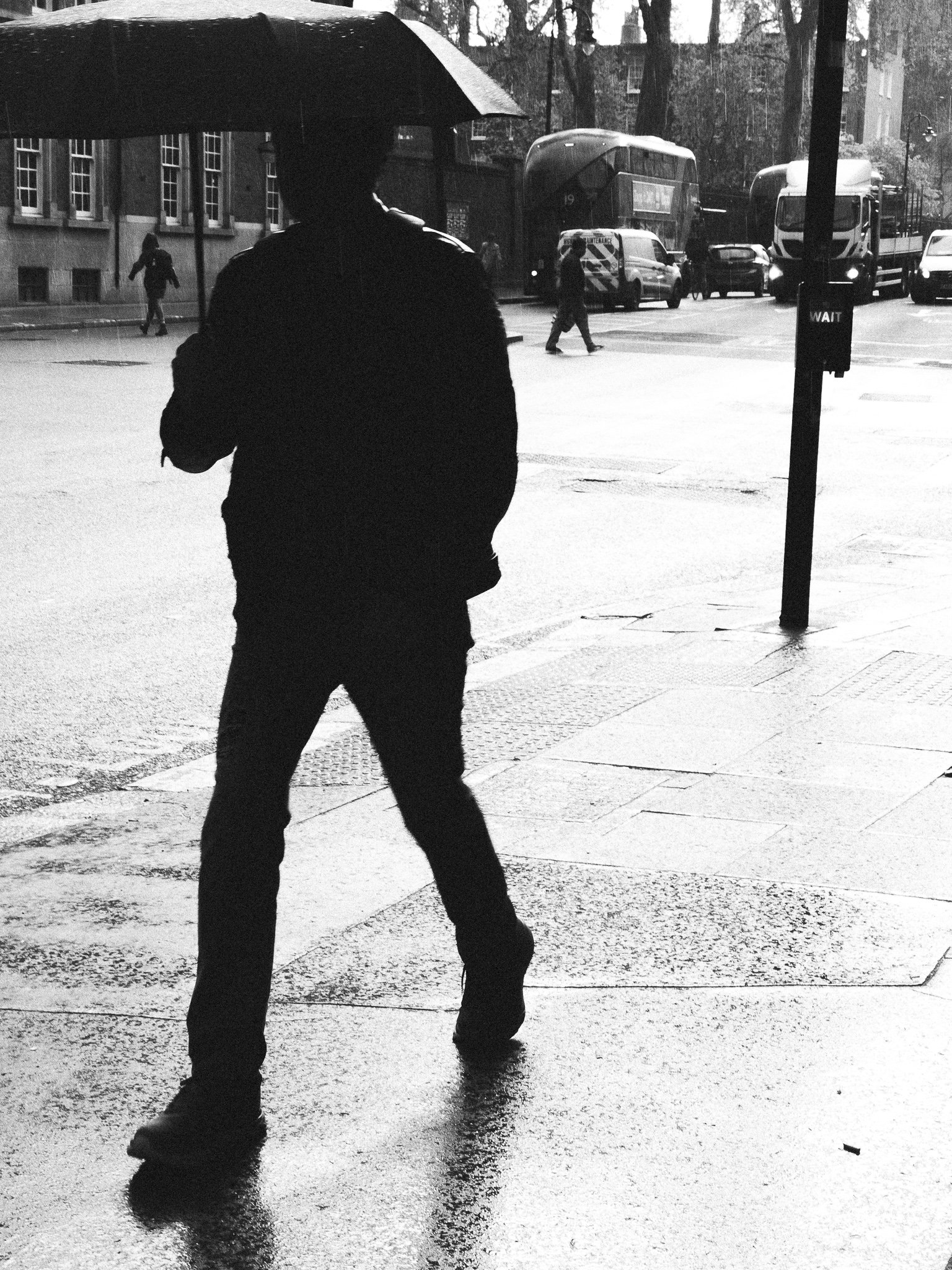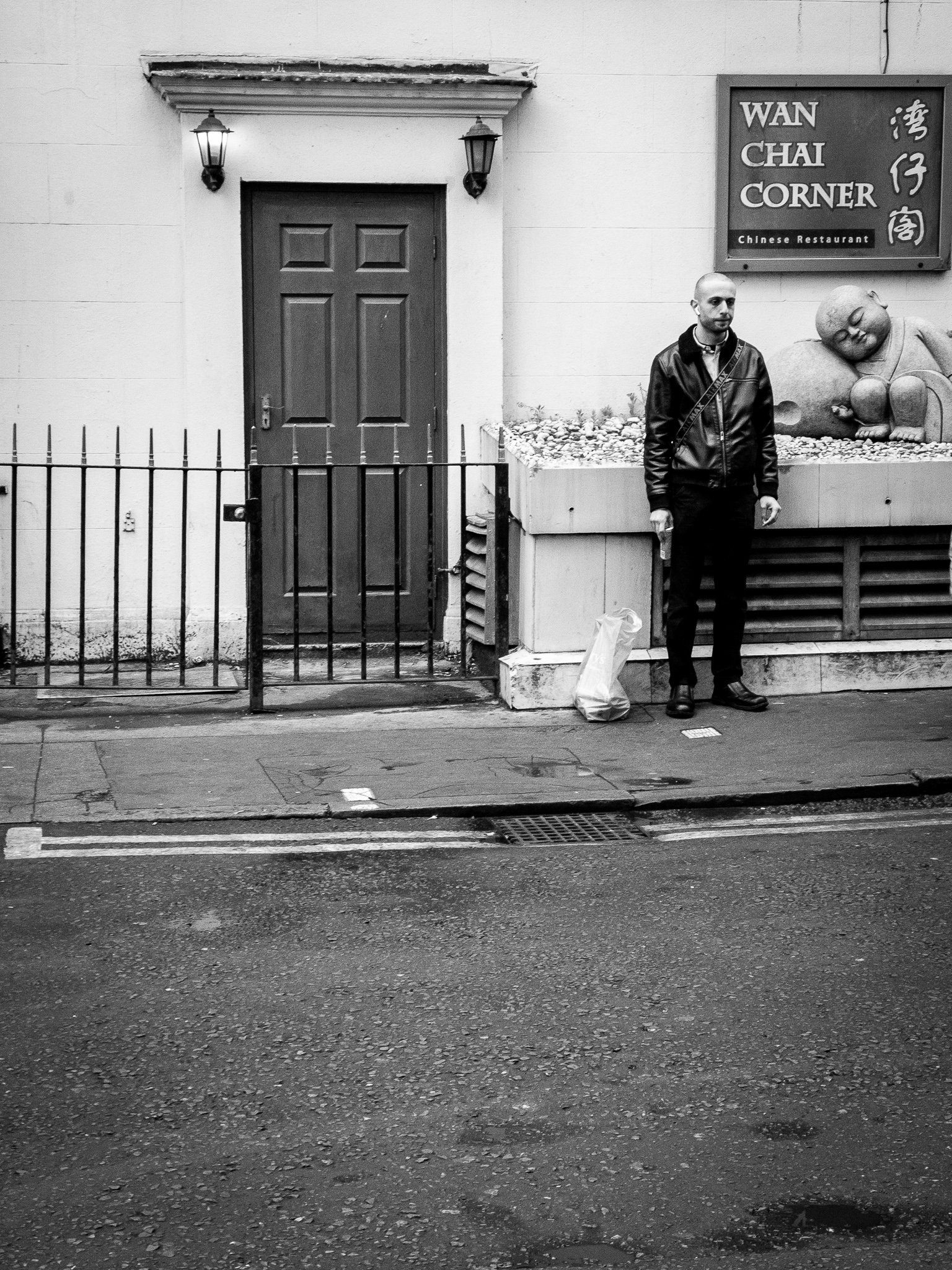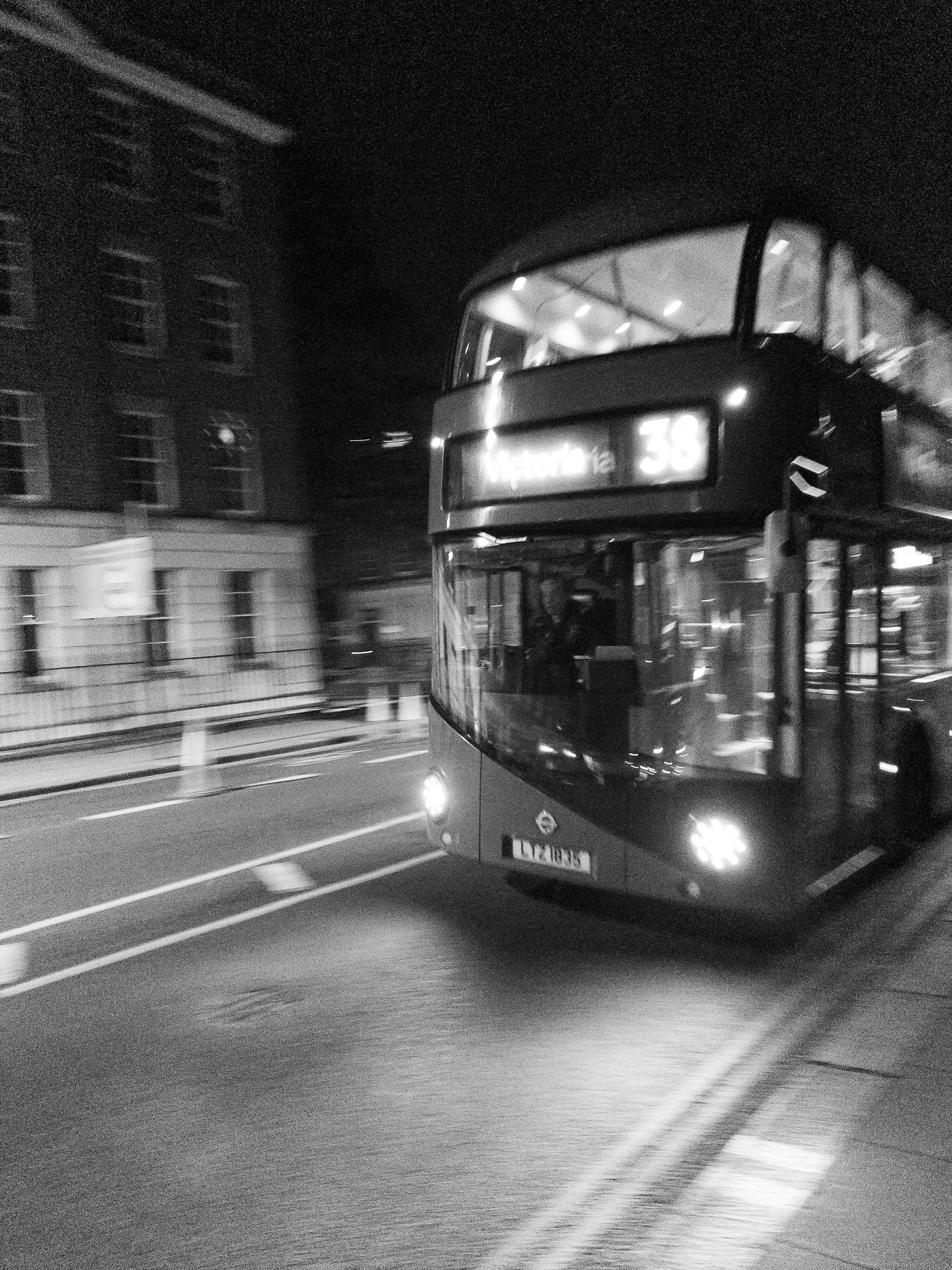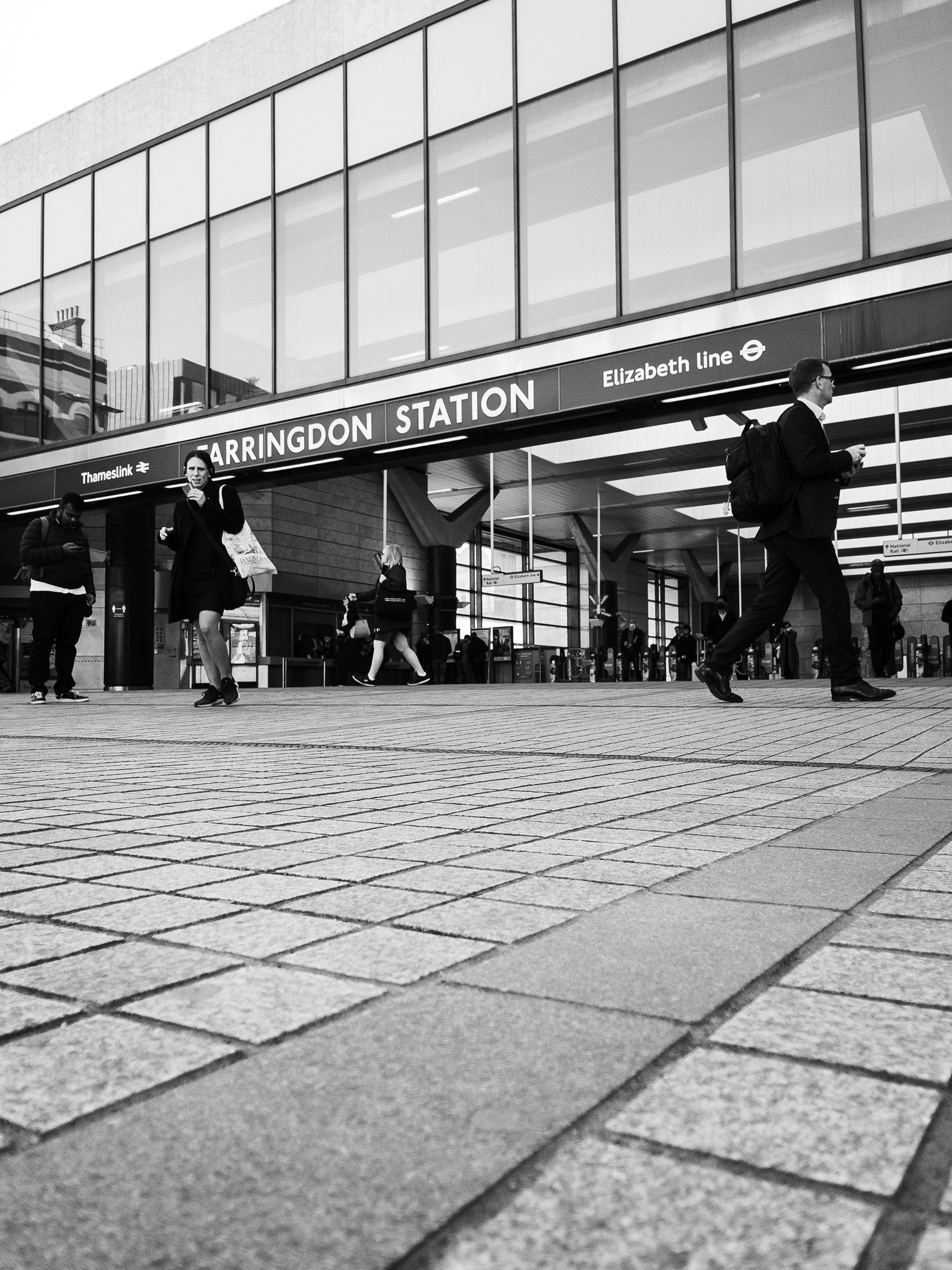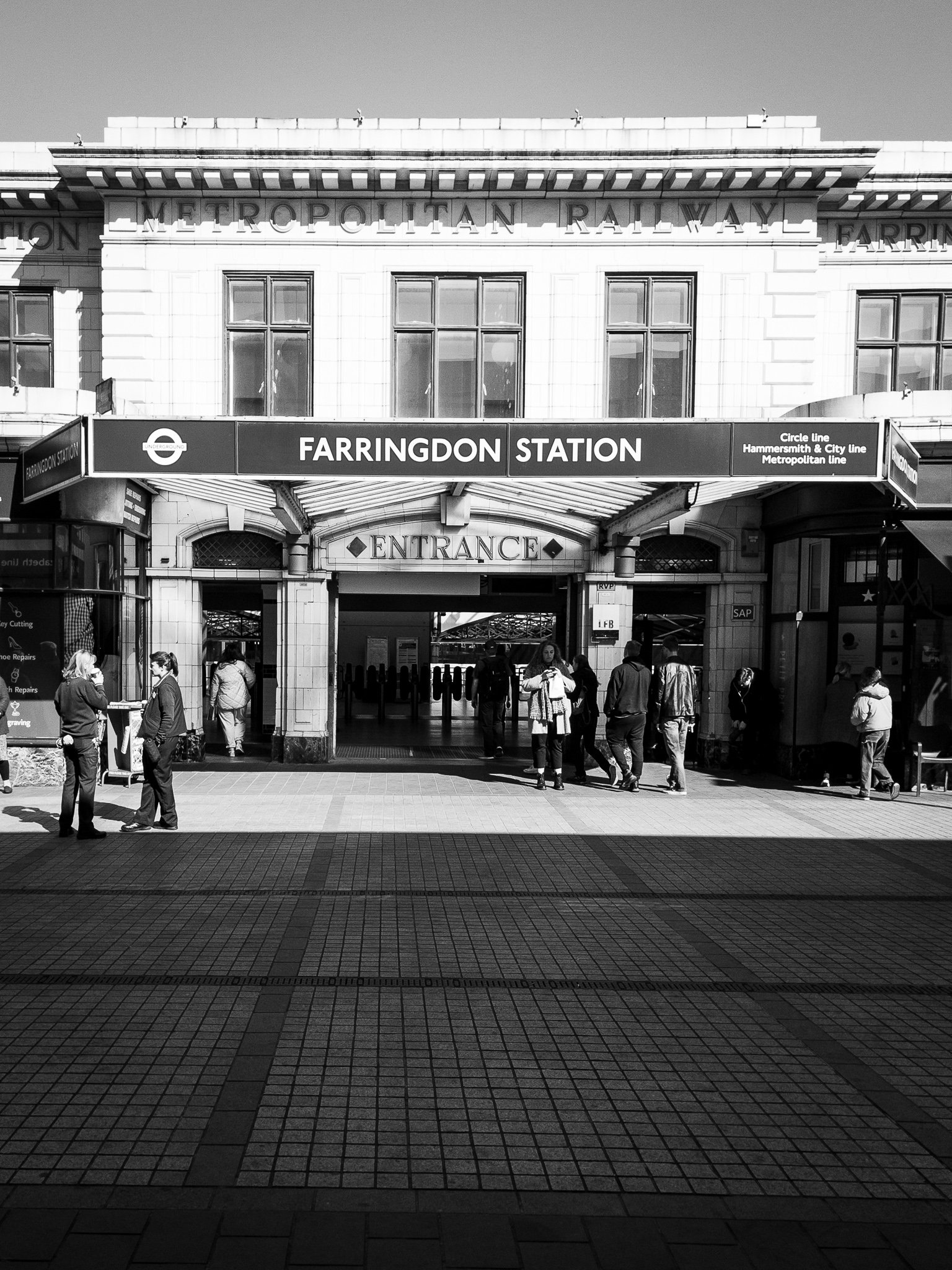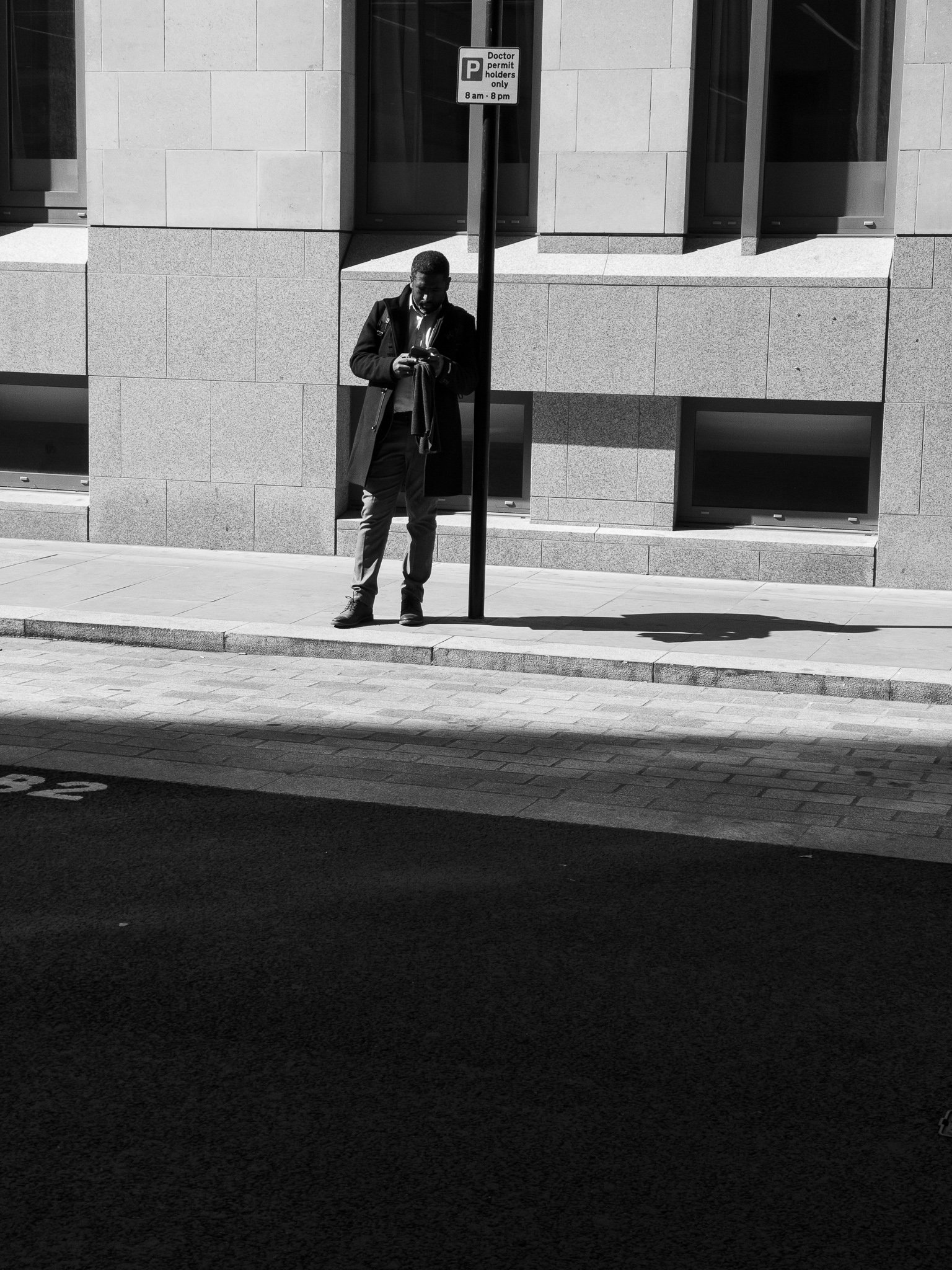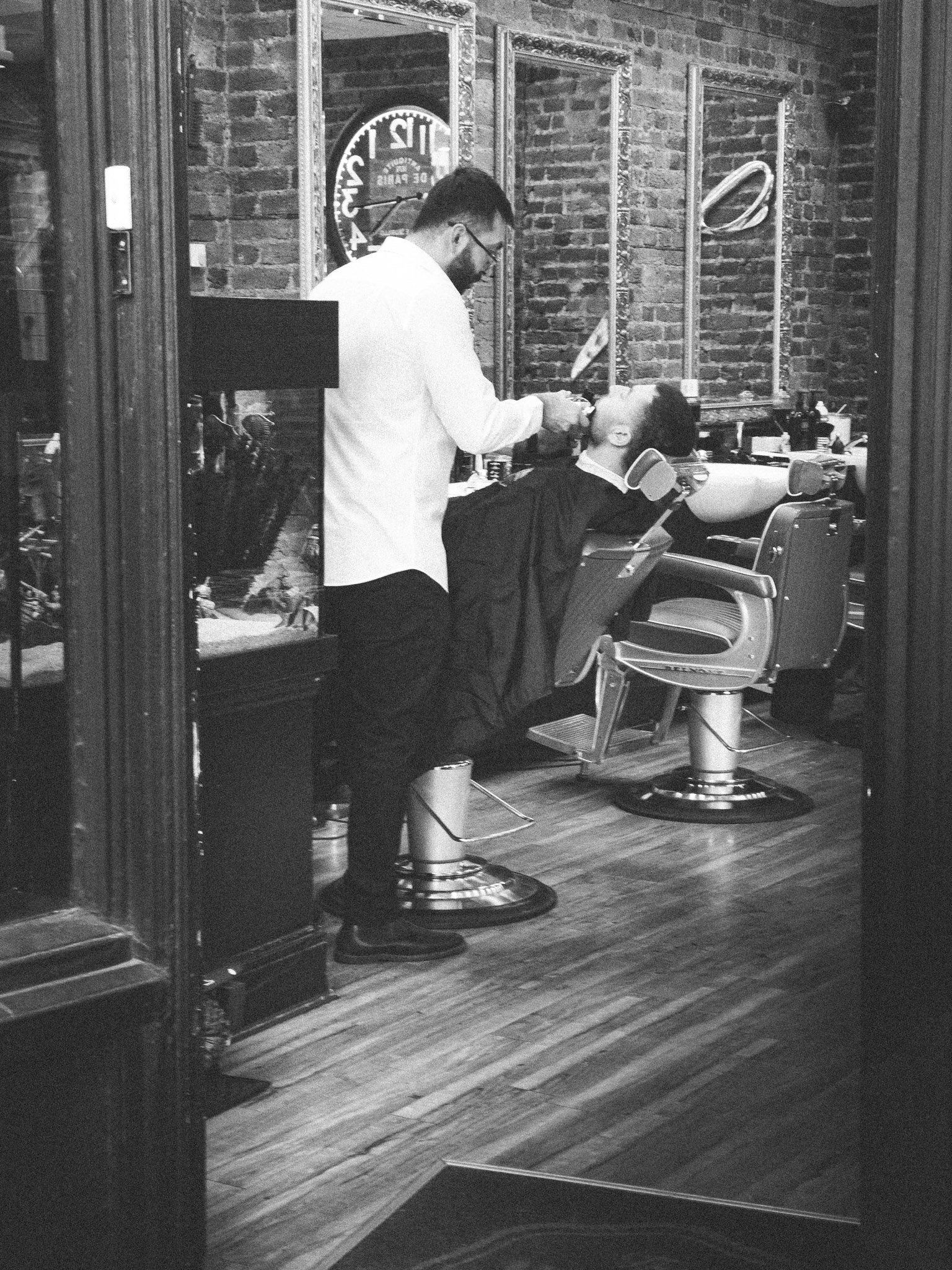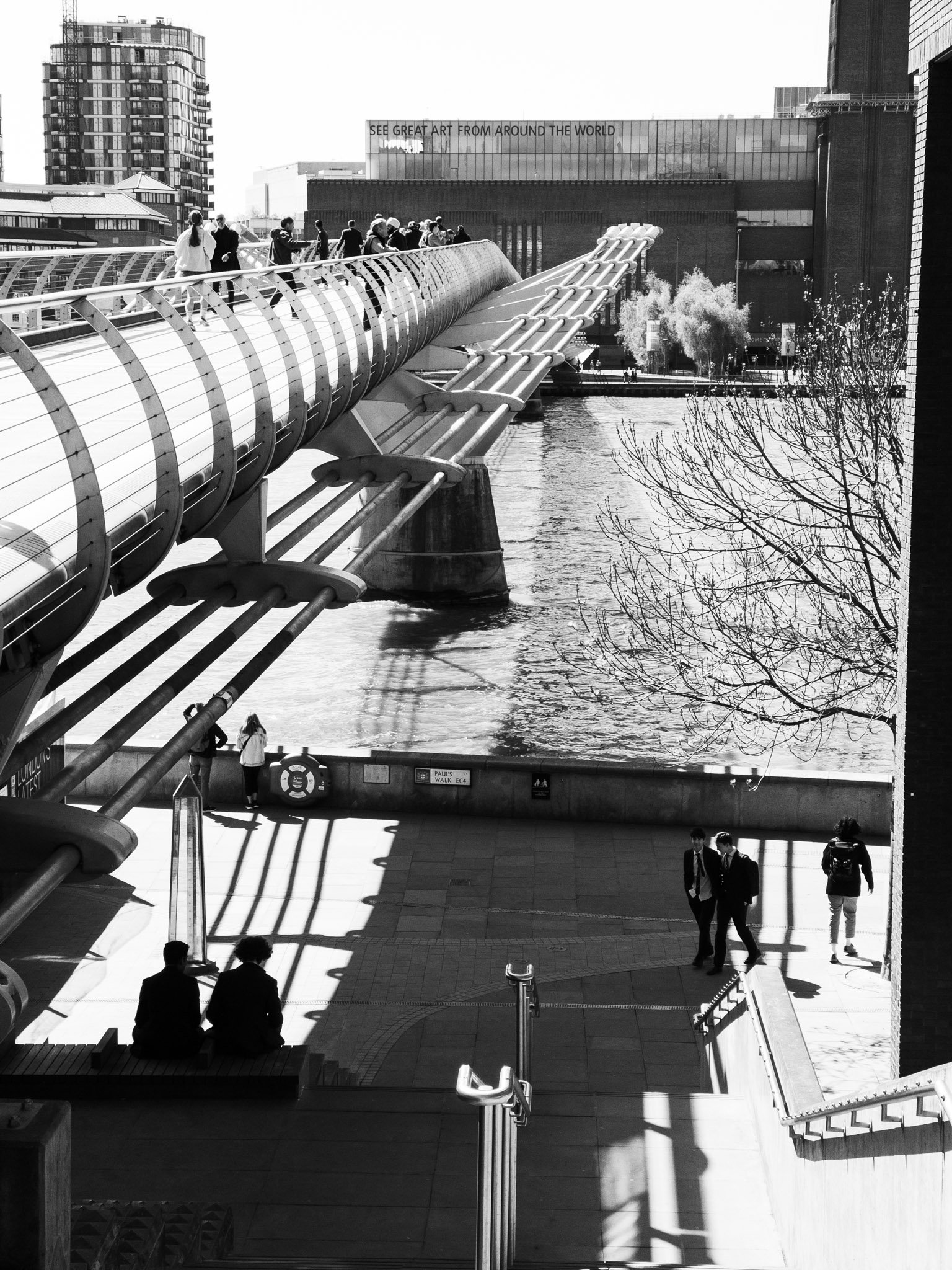Street photography with the iPhone 12 Pro Max
What do you do when you find yourself in one of your favorite cities to take photos in, but don’t have your camera gear? You use what you have. In my case my iPhone 12 PRO MAX!
Running my small production company has allowed me to accrue some of my most desired gear including the Canon R5 which is a 45 Megapixel 8K POWERHOUSE. Unfortunately my trip to the UK was going to be brief and the base luggage allowance on EASYJET gives you one small bag, meaning I had to make a choice; underwear for the week, or my R5 plus lenses. Since I was staying with family, I figured i’d be kind and ditch the camera gear in favor of personal hygiene.
It’s all about story
I’ve always been an advocate of a minimalist setup, and truly believe that story trumps quality. With this said, in the case of photography (as opposed to video), story must be told within one frame, within the composition and the edit. Although phones have come a long way with computational photography, they still don’t allow for the same control as mirrorless cameras with big sensors, interchangeable lenses and wide apertures. As I write this, realize that I run the risk of sounding like one of those dinosaurs that resisted the switch from film to digital.
My Initial Concerns
The Canon R5 has a MUCH bigger sensor!
My initial biggest concern was quality and flexibility of editing in post. iPhones currently have a 12 megapixel sensor which means any cropping in post could result in loss of quality. Having become used to, near unlimited crop options with my 45MP Canon, the prospect of a 12MP master image was slightly unnerving to me, especially as there’s not often a whole bunch of time to compose images perfectly when shooting street photography. The reason this was of particular concern is, given the quick paced nature of street photography, images often require some sort of crop in post and cropping a 12MP even image slightly could result in a 10MP final image or smaller, further reducing the size and quality of an already pretty small image. Before setting out, I certainly had this and was concerned that this could become potentially wasted shoot due to unusable low quality images (as if somehow I was going to blow up my images into large prints anyway) …it’s funny how these perceived limitations can stop us from making art all together. The fact that there wasn’t color film prior to 1907 didn’t stop people from taking photos!
Weight off my back
So I set off out into the city of London ready to shoot with my fully charged iPhone 12 Pro MAX, GoPro, and my iPad Pro in my backpack. It didn’t take long the benefits of phone photography became quite apparent. Firstly my back wasn’t laden with pounds of gear, making prospect of a full day of walking much more appealing. Secondly, the shear fact I didn’t have any lens options other than those on my phone, made decision making much less stressful, removing much of the anxt that comes with hoping you chose the correct lens.
I initially started taking shots using the integrated iPhone camera app with the RAW setting enabled allowing for maximum versatility in post, but soon found this slightly limiting as everything was set to auto. I then switched to the camera feature in Lightroom mobile which proved to be much better than I initially expected. As an added bonus all images went directly into the Lightroom app that I use for editing, removing a step.
Once I had my setup sorted, the next challenge was getting used to actually shooting with the iPhone and its lenses. This sounds silly as we use our phones all the time to take snapshots of our day to day, but something about using it more seriously took some getting used to. I guess i’m just more careless with composition when shooting random pictures of my cat around the house (who increasingly seems to be the main subject of the majority of photos on my phone)
It didn’t take long for me though to enjoy seeing the images directly on the big iPhone screen and the camouflage of looking like just another tourist taking photos. The instant changing between lenses was also handy, reaching the desired focal length in no more than two taps, reducing the likelihood of missed shots.
In total my walk took me from Holbern, down to the Thames and into Chinatown, then into the financial district the next day. Along my journey I found some really cool photo ops and the simplicity of taking photos, then editing them without having to fuss with memory cards and card readers was an added bonus. The only downside was that by the end of the day my phone was completely dead, but this is certainly a situation where the pros outweigh the cons.
When conveniently editing the photos on my phone or iPad in Lightroom mobile, I found was able to crop them a reasonable amount whilst retaining most of the of quality and was overall quite pleased with the images. They certainly aren’t as detailed as those of my mirrorless but this was to be expected. Despite the fact most of my images ended up monochrome, there was quite a bit of versatility in the raw images and the shadows and highlights could be lifted and lowered quite a bit without the image falling apart.
(Conclusion) Mirrorless Cameras are Dead!
The fact that this trip has forced me to utilize my phone, has given me a whole new perspective on photography in general. I wouldn’t be surprised if in the future, there will be no need for interchangeable lens cameras. If software can detect a subject accurately and blur out everything that is not on that plane, what is the need for a $3,000 lens with a wide aperture? one could argue that a wider aperture lens on a bigger sensor gives better detail and less grain in low light, but computational photography algorithms can automatically combine multiple exposures in low light to give an impressive image even in the darkest environments. Just look at the night mode on iPhone 12 and 13. What about the compression effect that telephoto lenses give where the background is compressed to the subject well… If software can detect a subject, and phones have multiple lenses, could a phone not choose background, separate it from the subject and blow it up and generate any missing pixels? I wouldn’t be surprised if someone is working on this already. I’m going to call it now, in 10 years mirrorless cameras as we know them with interchangeable lenses will be mostly dead.
